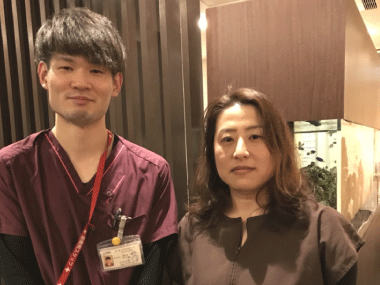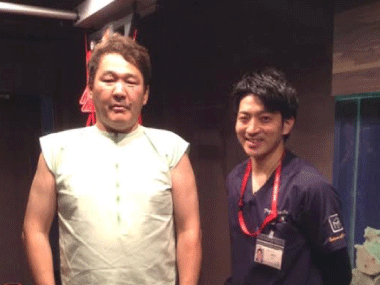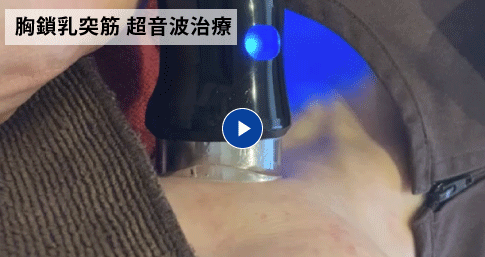Shoulders
What is Shoulder Pain?
When people hear “shoulder pain,” they often think only of pain in the shoulders, but in reality, it is common to feel stiffness or tightness in the neck and back as well. Shoulder pain is primarily related to the trapezius muscle, which spans from the back of the head to the shoulders and even down to the lower back.
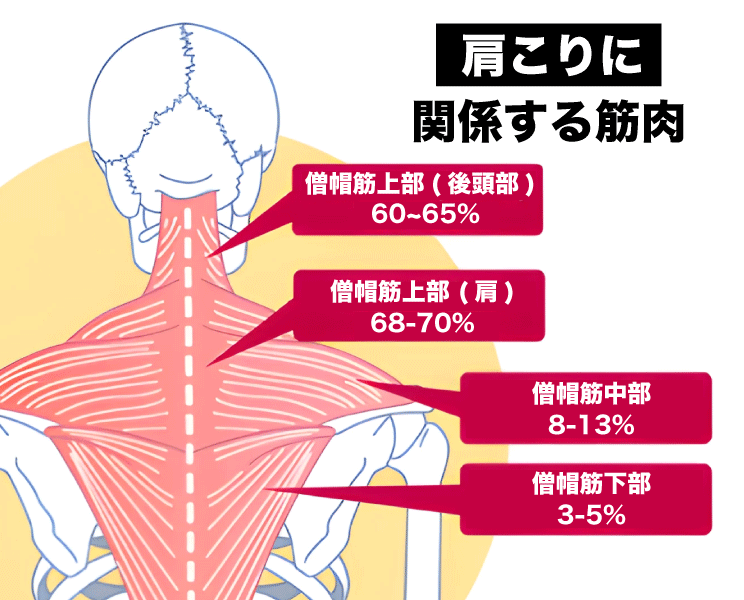
As humans are bipedal, our body structure puts strain on the neck and lower back. In particular, the muscles between the neck and shoulders tend to tense up to maintain posture, which in turn reduces blood flow. This poor circulation is one of the reasons the shoulders feel heavy.
In fact, according to the 2022 National Health and Nutrition Survey, both men and women report experiencing shoulder pain frequently. Shoulder pain is one of the most common symptoms that affects daily life.
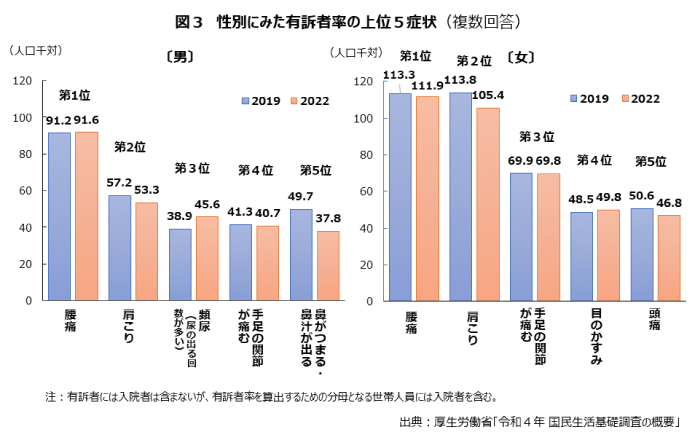
Causes of Shoulder Pain
Working in a posture that puts tension on the neck and back, poor posture (such as slouching or leaning forward), lack of exercise, mental stress, narrow shoulders, maintaining the same posture for long periods, carrying a shoulder bag, and air conditioning can all contribute to shoulder pain. Specifically, the following conditions make shoulder pain more likely:
- Poor posture, causing a constant feeling of heaviness around the shoulders
- Symptoms such as headaches, dizziness, and nausea
- Difficulty raising the shoulders, causing difficulty in daily activities
- Shoulder pain during sleep or at rest
- Work-related posture issues, especially frequent computer use
- Desk work with prolonged sitting in the same posture
- Eye strain
- Muscle fatigue and poor circulation due to lack of exercise
- Stress-induced tension
- Shoulder muscle tension and autonomic nervous system disturbances due to cold
Diagnosis Methods
Diagnosis is made through interviews, neurological examination, especially palpation for tenderness and muscle tension in the trapezius, range of motion of the shoulder joint, and checking for cervical spine disorders.
It is not uncommon for “shoulder stiffness” to be a concomitant symptom of cervical spine disorders, intracranial disorders, hypertension, eye diseases, ear, nose, and throat diseases, and shoulder joint disorders. We thoroughly assess the symptoms that cause shoulder pain and apply appropriate treatment.
Common Treatments
Massage Therapy (Improving blood flow to muscles and easing muscle tension)
Many cases of shoulder stiffness are caused by poor blood circulation. Massage therapy improves muscle blood flow and relaxes muscle tension to relieve shoulder stiffness.
Acupuncture Treatment
Acupuncture involves inserting a specialized needle into acupuncture points to provide stimulation. The needle is as thin as a hair, so there is little pain. The stimulation from the inserted needle affects the autonomic nervous system, immune system, and helps relax muscle tension, improve the metabolism of blood and lymph fluid, and increase hormone secretion, aiding the body’s natural healing process.
Heat Therapy (Using hot towels or baths to ease muscle tension)
Warming the body is also effective in improving blood circulation. Heat therapy uses sound waves or hot compresses to warm the affected area.
Exercise Therapy (Muscle Strengthening)
Exercise therapy is helpful in alleviating muscle tension. Stretching exercises for shoulder stiffness and daily life guidance are provided.
Pharmacological Therapy (Topical medications, muscle relaxants, anti-inflammatory analgesics, local injections, etc.)
When shoulder stiffness occurs, the muscles around the shoulders become tense, and blood circulation is impaired. Muscle relaxants are used to relieve this muscle tension. For shoulder stiffness, muscle relaxants with mild effects are typically used.
Posture Guidance
Having an unbalanced, tense body increases the risk of decreased performance, injury, and damage in sports.
Medical Japan’s Traditional Medicine Approach
Tenderness, removal of nodules, and adjustment of the autonomic nervous system or mental stability as needed. Treatment is applied to the areas of tenderness and nodules around the neck, shoulders, and between the shoulder blades, as well as to other corresponding acupuncture points. [Prescription Example] Tianzhu, Fengchi, Jianjing, Gaomang, Shenzhu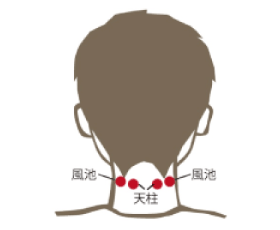

Special Acupuncture Point for Shoulder Stiffness – Jianjing (肩井)
Interventions Only Medical Japan Can Provide
Unlike rotator cuff tendinitis or tears, this condition is primarily caused by poor circulation, and the treatment focuses on improving blood flow. By approaching the body from the neck, shoulders, back, and even the waist and legs, we address not only the areas you are aware of but also hidden contributing factors. Additionally, we aim to expand the range of motion and increase flexibility by incorporating breathing techniques and posture correction. To achieve early improvement, we provide personalized consultations, customized treatments, and bespoke therapy tailored to each individual.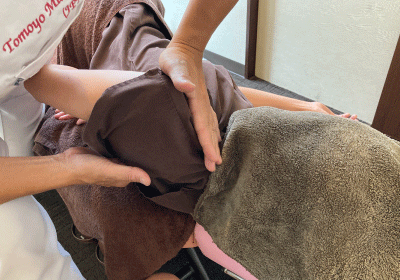

Acupuncture Pulse Treatment for the Area Between the Shoulder Blades
By inserting acupuncture needles into hardened muscles and applying low-frequency currents, this excellent treatment provides stable results for chronic pain, muscle stiffness, and poor circulation.Dynamic Control of the Shoulder Blades to Normalize Head Position
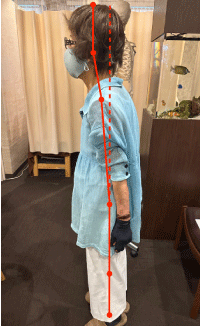
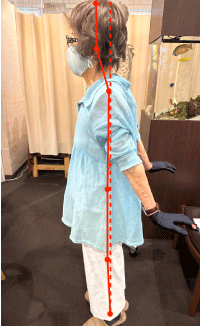
AI Posture Analysis System
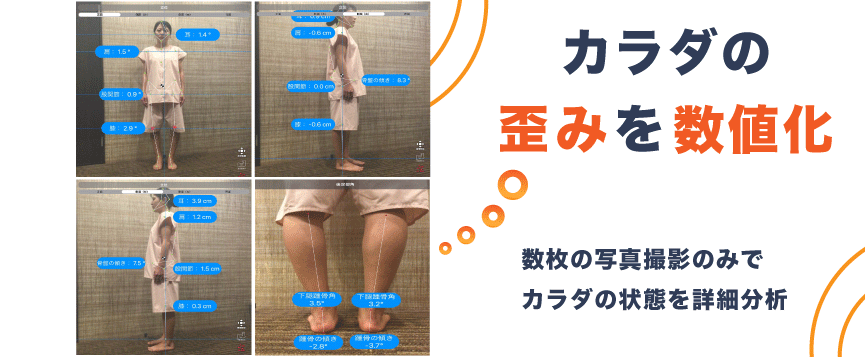
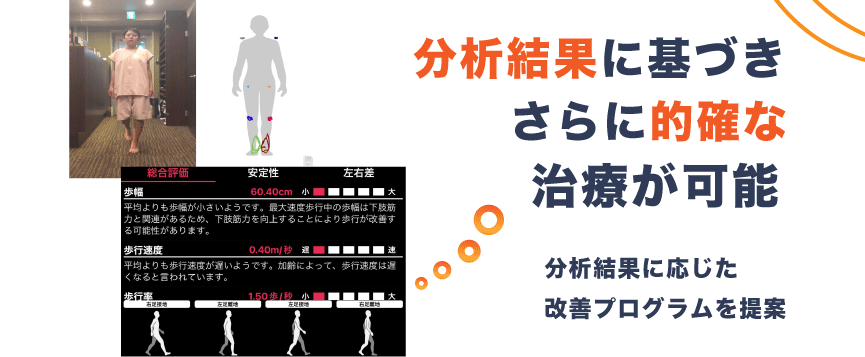
Myopressure (Gait Diagnosis System)
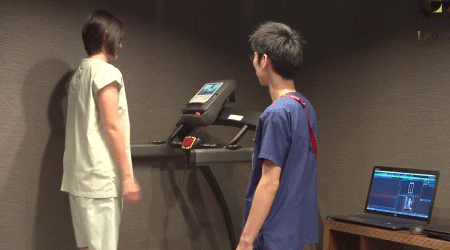
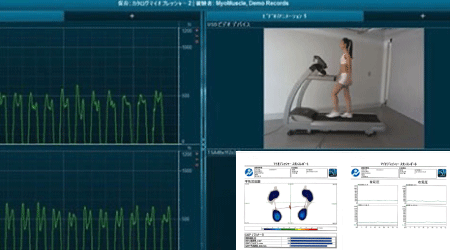
Insole & Shoe Prescription

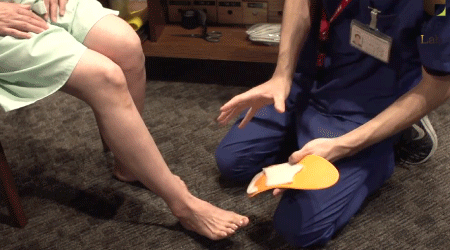
【Realign Core】【Realign Balance Shoes】
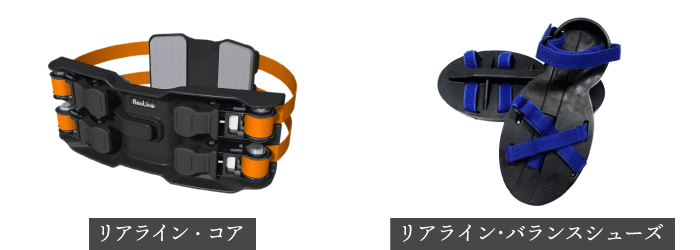
Medical Japan Intervention Examples
Ultrasound Therapy
Ultrasound is applied to a specific area, either with or without thermal effects. MRI was taken at a partnered medical institution to assess the affected area, improving the accuracy and effectiveness of medical treatment. Ultrasound → Increased blood flow to the arterial plexus through deep heat.| Before | After | |
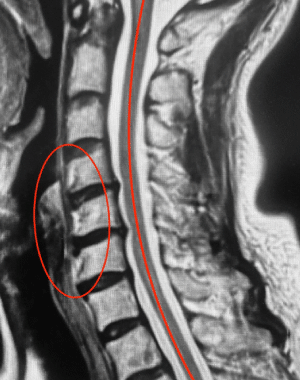 |
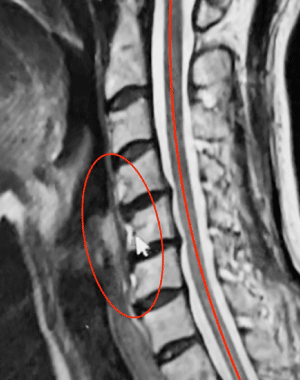 |
|
| Herniation Protrusion |
+
C3, C4, C5 Cervical Vertebrae |
±
Only C5 Cervical Vertebra Remains |
| Occipital Area | Muscle Weakness | Normal Muscle Strength |
Prevention Methods and Rehabilitation Programs
Manual therapy and acupuncture are used to improve blood circulation. By being mindful of these methods in daily life, you can maintain treatment results and achieve a “body that doesn’t easily get stiff.” We also provide various exercise techniques, body usage tips, and daily life improvement points.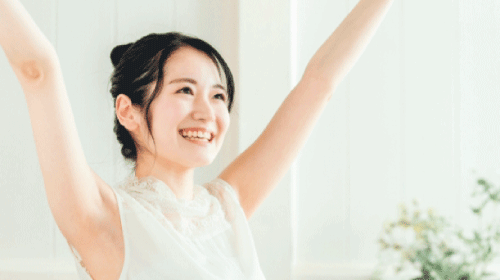
Recommendation from a Doctor
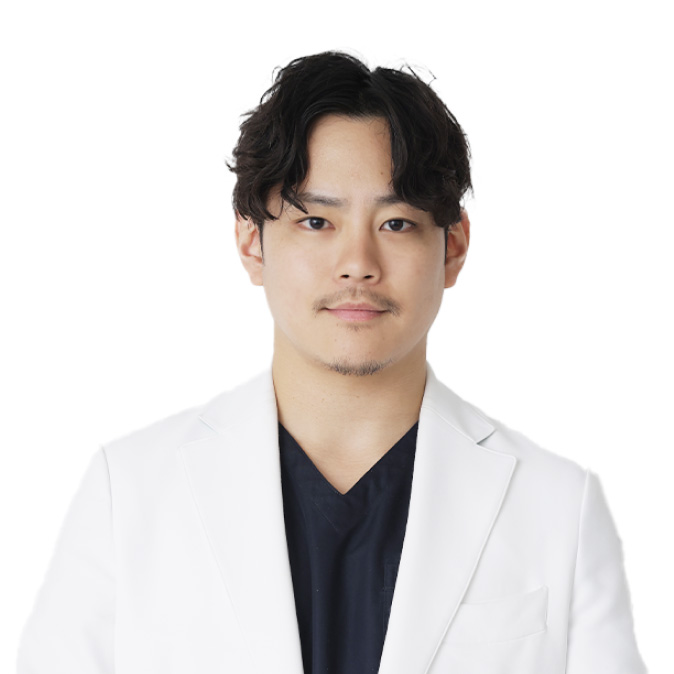

Background and Achievements
・Graduated from Kyoto University Faculty of Engineering, Department of Physics Engineering
・Completed special training at Harvard Medical School
・Graduated from Nara Medical University
・Specialized in Aesthetic Surgery, Aesthetic Dermatology, Orthopedics
I am Dr. Ryohei Tsuchida, the director of Tokyo Bisen Clinic Shibuya. At our clinic, we address a variety of musculoskeletal conditions based on orthopedic expertise. Our clinic is fully equipped with an X-ray room to ensure accurate diagnoses.
While we treat a wide range of musculoskeletal symptoms, I strongly recommend the treatments offered by Medical Japan as a reliable and effective option.
For example:
Acupuncture and Chiropractic to Improve Pain and Numbness at the Root
Treating pain and numbness caused by shoulder stiffness, back pain, arthritis, myofascial pain, and neuralgia at the root to achieve sustainable recovery.
Rehabilitation and Evaluation Analysis to Prevent Recurrence
Based on a detailed evaluation, we create personalized rehabilitation plans to prevent recurrence of knee, shoulder, and chronic back pain.
Training to Strengthen the Body
After recovery, we focus on strengthening the body to prevent recurrence, sports injuries, and muscle weakness.
Medical Japan offers evidence-based comprehensive health support, making it especially recommended for those experiencing musculoskeletal issues such as shoulder stiffness, back pain, arthritis, myofascial pain, and sports injuries.
References
Affiliated Organizations
- National Acupuncture and Massage Association
- World Chiropractic Alliance
- Japan Chiropractic Association
- Kaatsu Training JAPAN
- PHI Pilates Japan
- Japan Joint Mobilization Approach (AKA) Medical Society
Testimonials from Our Patients
